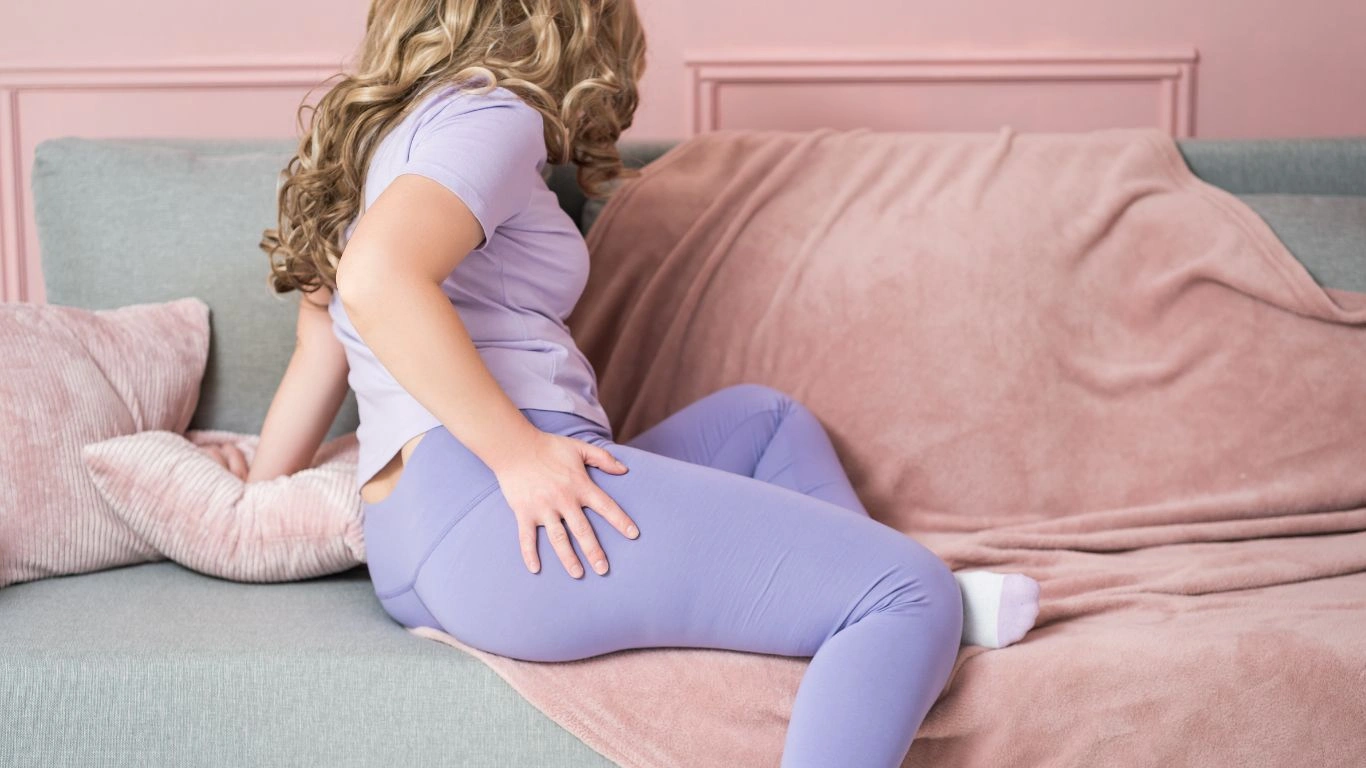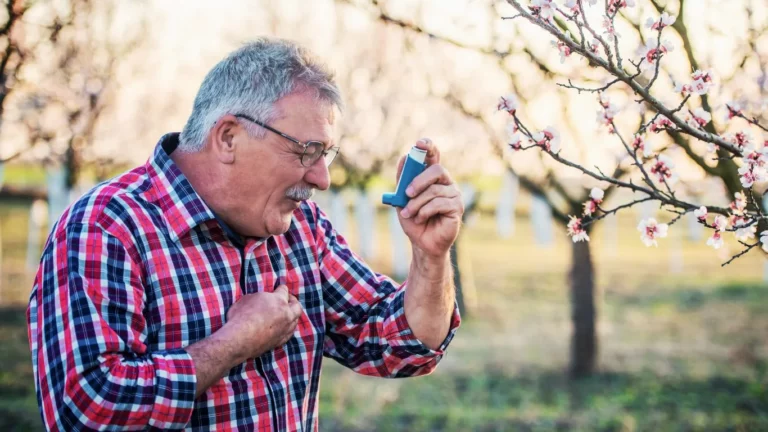“Rheumatoid Arthritis: 10 Proven Lifestyle Changes for Effective Joint Protection”
Living with rheumatoid arthritis (RA) can be a challenging journey, but there are ways to navigate it with a sense of control. Over the years, I’ve had the privilege of working closely with individuals managing this autoimmune condition, and I’ve witnessed firsthand the power of lifestyle changes for joint protection. When you think about it, it’s not just about medications—although they certainly play a critical role—but also how we approach our day-to-day activities and choices. By making small but impactful adjustments, we can significantly improve both the quality of life and the long-term health of our joints. Whether you’ve been living with RA for years or you’re just starting to understand your diagnosis, this article will help you explore how lifestyle changes can make a big difference in joint protection and overall wellbeing.
Understanding Rheumatoid Arthritis and Its Impact on Your Body
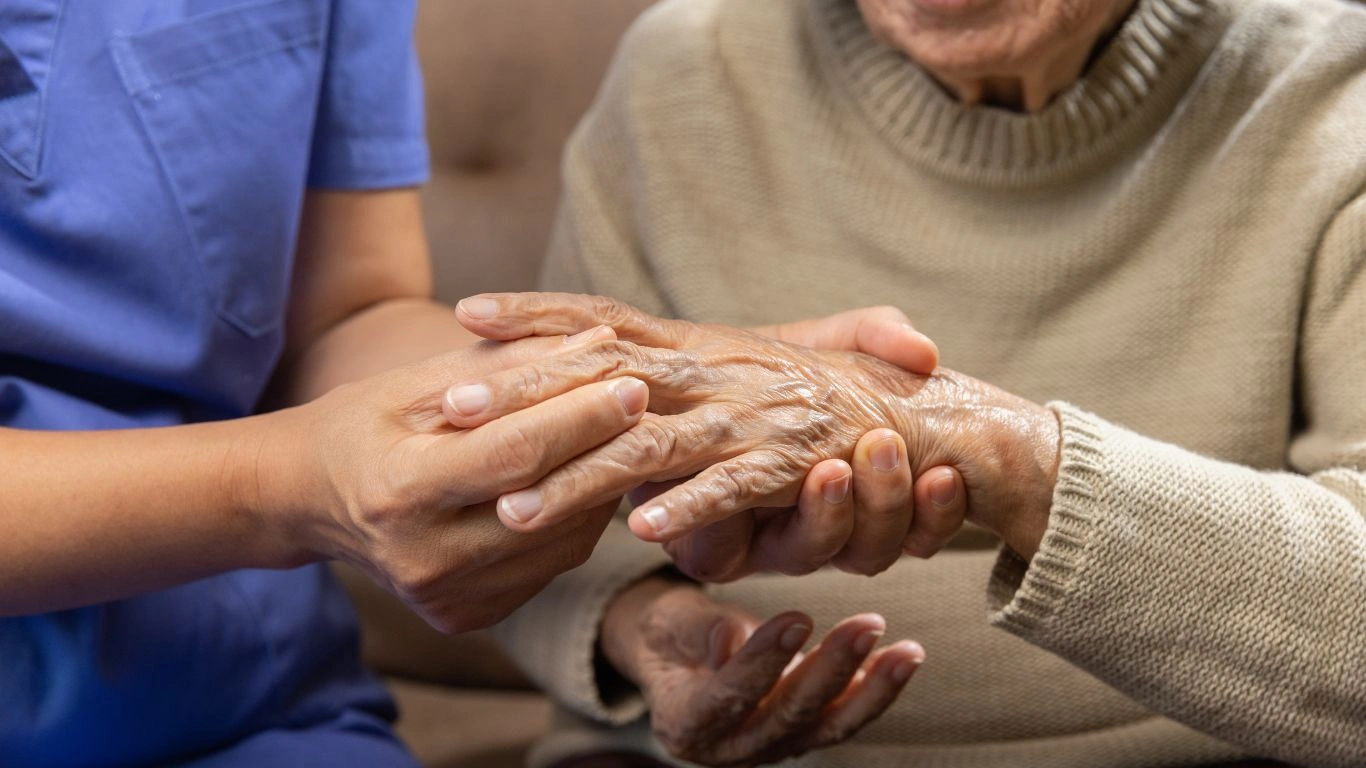
Rheumatoid arthritis is an autoimmune condition where your immune system mistakenly attacks the lining of your joints, causing inflammation and pain. Unlike osteoarthritis, which is wear and tear on the joints, RA is more complex and involves systemic effects, meaning it can affect other parts of your body too. While the exact cause is still not fully understood, it’s believed that a combination of genetics, environment, and immune system dysfunction contributes to the development of this chronic disease.
One of the main challenges of RA is that it’s unpredictable. Some days, you might experience flare-ups where pain and stiffness can feel overwhelming. On other days, symptoms might subside, and you might feel a sense of relief. The key is learning how to manage RA effectively so that you can regain some of the control over your life and protect your joints in the long run.
The Importance of Joint Protection in Rheumatoid Arthritis
Joint protection is a central focus when it comes to managing RA. As someone who has worked with many patients, I’ve seen how joint damage can gradually occur if proper precautions aren’t taken. Over time, inflammation in the joints can lead to deformities, mobility limitations, and even disability. That’s why it’s so important to find ways to manage inflammation while also taking steps to protect your joints as you go about your daily activities. I can’t emphasize enough how simple but strategic lifestyle changes can make a big difference when it comes to minimizing joint wear and tear.
Smart Lifestyle Changes for Joint Protection

1. Exercise and Movement: Strengthening Your Joints
Exercise is a crucial part of managing RA, but I get it—when your joints are inflamed and stiff, the idea of exercise might feel daunting. But hear me out: regular, low-impact physical activity is one of the best things you can do for your joints. Not only does it help reduce inflammation, but it also strengthens the muscles around the joints, providing better support. Think of your muscles as a cushion for your joints—strong muscles mean less strain on the joints themselves.
Low-impact exercises like swimming, cycling, and walking are great options. Swimming, in particular, can be a godsend because the buoyancy of water reduces pressure on your joints while giving you a full-body workout. Stretching and range-of-motion exercises are also helpful for maintaining flexibility and reducing stiffness.
It’s crucial to listen to your body. If you’re feeling a flare-up or too much discomfort, it’s okay to dial back and rest. But staying active in some way—even if it’s just gentle stretching—helps maintain joint function in the long run.
2. Nutrition: Fueling Your Body to Fight Inflammation
What you eat plays a big role in how your body responds to RA. I’ve had many patients who’ve noticed improvements in their symptoms after making some changes to their diet. Foods that are rich in antioxidants, omega-3 fatty acids, and fiber can help combat inflammation and protect your joints.
- Omega-3 Fatty Acids: Found in fatty fish like salmon, sardines, and mackerel, omega-3s are known to have anti-inflammatory properties.
- Antioxidants: Brightly colored fruits and vegetables, such as berries, spinach, and bell peppers, are packed with antioxidants that can help reduce inflammation.
- Fiber: Whole grains, beans, and vegetables are great sources of fiber, which may help regulate inflammation in the body.
On the flip side, try to limit processed foods, sugars, and trans fats. These can trigger inflammatory responses and contribute to flare-ups. I often recommend working with a dietitian to create a meal plan that works for you and your unique needs.
3. Managing Stress: Taking Care of Your Mind and Body
Chronic stress can contribute to flare-ups and worsen symptoms of RA. When we’re stressed, our bodies release cortisol, a hormone that can increase inflammation. That’s why managing stress is so important for protecting your joints and overall wellbeing.
In my experience, finding ways to unwind and relax is crucial. Meditation, deep breathing exercises, and mindfulness practices are all fantastic tools to calm your mind and body. It’s also important to prioritize rest when needed—sometimes we’re so focused on being productive that we forget to take care of ourselves. Don’t feel guilty about taking a break to recharge.
Staying Positive: Mindset Matters
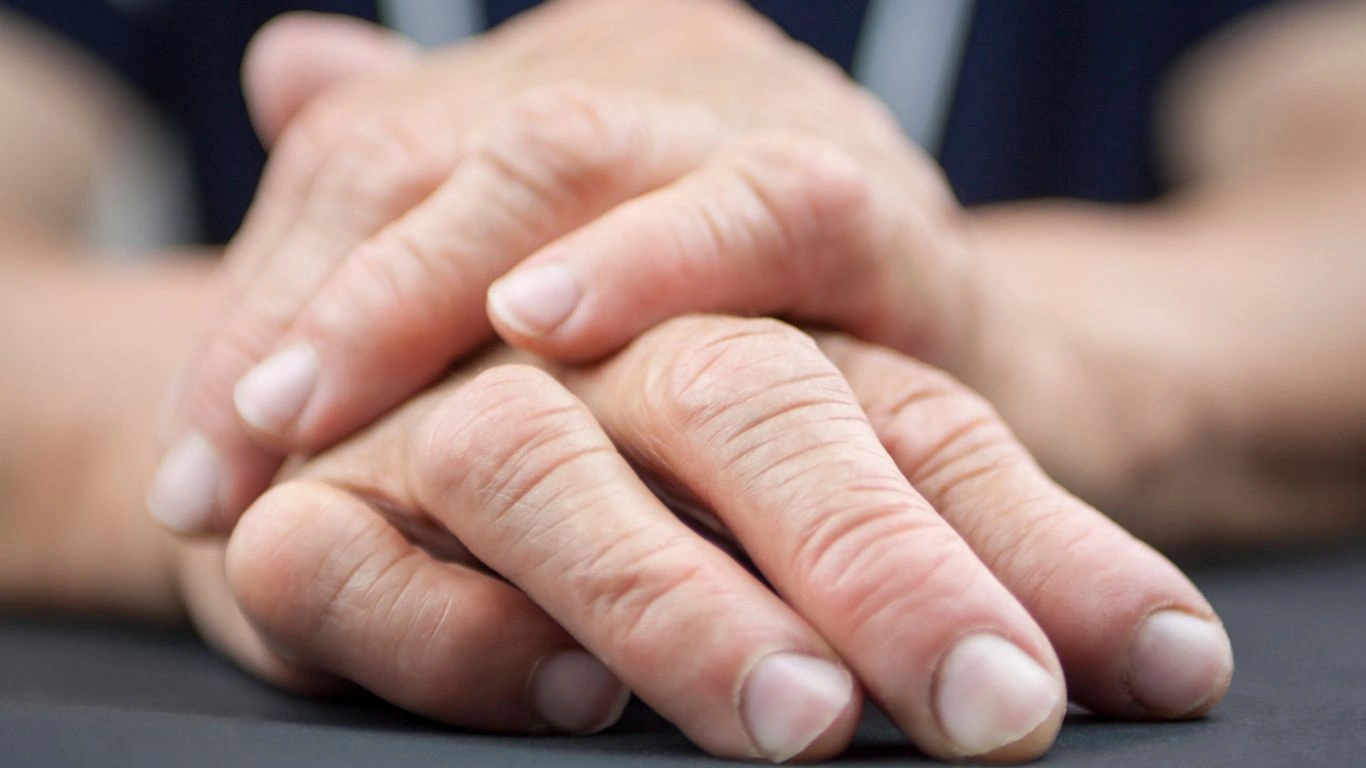
One of the most important things I’ve learned over the years of working with people with RA is that mindset matters. I’ve seen patients who, despite the pain and challenges, adopt a positive attitude and an empowered approach toward managing their condition. They seek out solutions, stay informed, and adjust their lifestyles to better support their joints.
Rheumatoid arthritis may not have a cure, but that doesn’t mean you can’t live a fulfilling life. By making smart lifestyle changes and focusing on joint protection, you can improve your day-to-day experience and live with less discomfort. So, keep reading to discover more about how small shifts in your habits can lead to big results!
Protecting Your Joints at Home and Work
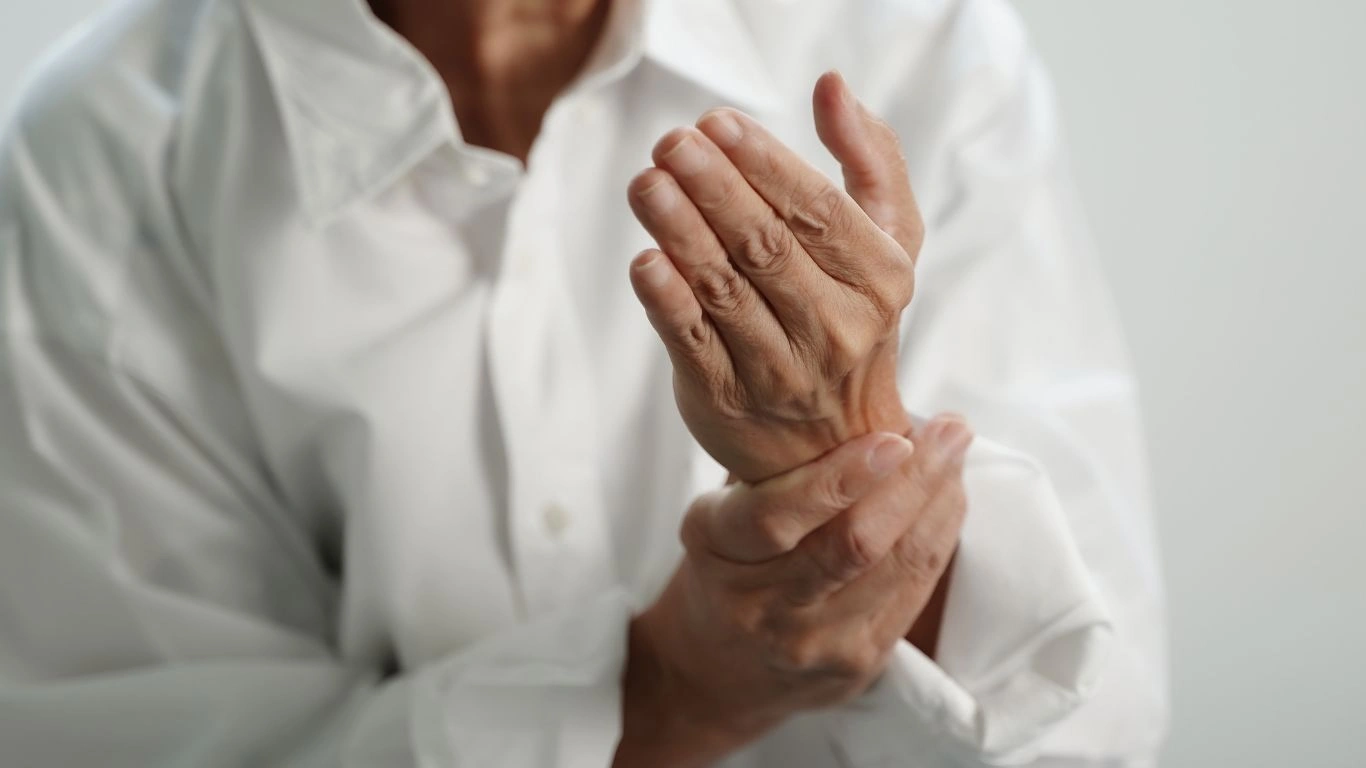
When it comes to joint protection, it’s important to think beyond just exercise and nutrition. Your home and work environment can have a significant impact on how your joints feel throughout the day. Over the years, I’ve helped many patients make simple changes in their daily surroundings that drastically reduce the strain on their joints. I want to share a few tips that you can easily incorporate into your routine, whether you’re working from home or heading into the office.
1. Ergonomics: Setting Up for Success
Proper ergonomics can make a world of difference in how your joints feel, especially when you’re sitting for extended periods of time. Many of my patients who work desk jobs notice a dramatic reduction in joint pain after adjusting their chairs, desks, and computer setups.
- Chair height: Ensure that your chair is at the correct height, with your feet flat on the floor and your knees at a 90-degree angle. This helps avoid strain on your hips and lower back.
- Keyboard and mouse placement: Keep your keyboard and mouse at a level that allows your arms to rest comfortably, with your elbows at about a 90-degree angle.
- Monitor height: Your screen should be at eye level, so you don’t have to strain your neck by looking up or down for extended periods.
Making these small changes at work or home can protect your joints, reduce fatigue, and help you stay productive. It’s all about finding a position that minimizes strain while allowing you to function efficiently throughout your day.
2. Simple Household Modifications
At home, you can make a few adjustments to reduce the pressure on your joints while performing everyday tasks. For example, if you’re cooking, try using tools with larger handles to reduce the stress on your hands. There are special utensils, jar openers, and even gadgets designed to make life a little easier for those with RA.
If cleaning is a part of your routine, use a vacuum with a long handle to avoid bending over too much. For those with limited grip strength, there are adaptive tools like spray bottles with larger grips or mop handles that make cleaning more manageable. And remember, you don’t have to do everything at once—take breaks and listen to your body.
Sleep and Joint Recovery

Another often-overlooked aspect of joint protection is sleep. I’ve seen so many patients who underestimate how restorative good sleep can be for their bodies, including their joints. When you’re managing RA, a restful night’s sleep can help reduce inflammation and give your body the time it needs to repair and recover. If you’re not getting quality sleep, your joints may suffer more during the day.
1. Find the Right Mattress and Pillow
Your mattress and pillow play a crucial role in how well you sleep. For people with RA, a medium-firm mattress is often recommended because it provides enough support for your spine without putting unnecessary pressure on sensitive areas like the hips or knees. If you experience pain in specific areas, consider using a memory foam mattress or mattress topper to help cushion those spots.
The right pillow is equally important. A pillow that supports the natural curve of your neck can prevent stiffness and strain. Some people find that using a body pillow or placing a pillow between their knees helps keep their spine aligned and eases pressure on their joints while sleeping.
2. Sleep Position Matters
Speaking of sleep, your sleep position also affects joint health. If you have RA, try sleeping on your back with a pillow under your knees, as this helps take pressure off your lower back and hips. If you prefer sleeping on your side, place a pillow between your knees to keep your hips aligned and prevent joint strain.
It’s all about comfort and finding the position that works best for you. A good night’s sleep can make a huge difference in how you feel the next day, so don’t underestimate its importance in managing RA.
Joint Protection Aids and Devices
For many people living with rheumatoid arthritis, assistive devices can be a game changer. From splints and braces to more specialized tools, these aids can help reduce strain on your joints and improve mobility. When I first started helping patients manage RA, I was amazed at how much difference these simple devices made in day-to-day activities.
1. Splints and Braces
Wearing splints or braces can provide extra support to your joints, especially during flare-ups. These devices help prevent excessive movement that could lead to further joint damage and give your joints time to rest and heal. For example, wrist braces can help prevent strain on the wrist joints while typing or holding items, and knee braces can relieve pressure while walking or standing for long periods.
Custom splints can also be made to fit your body perfectly, offering even more personalized protection. I’ve found that many of my patients feel more confident and less fatigued when using these devices, especially during high-demand activities.
2. Adaptive Tools for Daily Tasks
Sometimes, it’s the little things that make a huge difference. There are a variety of adaptive tools available to help with daily activities like opening jars, turning door knobs, or reaching high shelves. These tools are specifically designed to reduce the stress on your joints and help you maintain your independence while living with RA.
- Jar openers: Simple devices that grip onto jars, allowing you to open them with minimal effort.
- Reachers and grabbers: Extend your reach without putting unnecessary strain on your arms or back.
- Ergonomic kitchen tools: Knives, peelers, and other utensils designed to reduce grip strain.
There’s no shame in using assistive devices—these tools can be life-changing, and they’re designed to make your life easier while reducing joint stress.
Incorporating these joint protection strategies into your daily routine might take some time, but it’s worth the effort. Every small change adds up, and together, they can make a significant difference in how your joints feel. So, let’s keep building on these positive habits and take control of our journey with rheumatoid arthritis.
Case Studies & Real-Life Examples

Sometimes, hearing about other people’s experiences can really drive home the importance of lifestyle changes for joint protection. I’ve had the pleasure of working with so many incredible individuals who, despite their challenges with rheumatoid arthritis, have made incredible strides by implementing the strategies we’ve discussed so far. Here are just a couple of examples of how these changes have helped others along their journey.
1. Sarah’s Journey: From Pain to Relief
Sarah, a 42-year-old graphic designer, came to me about two years ago complaining of constant wrist and knee pain. As a mother of two and someone with a very demanding job, she felt like she had no time to care for herself. She had heard about the importance of joint protection but wasn’t sure where to start. After discussing her lifestyle and daily activities, we worked together to create a plan that involved improving her workspace ergonomics and adding some gentle exercises into her routine. We also adjusted her diet to include more anti-inflammatory foods.
Within a few weeks, Sarah started noticing less stiffness and pain. She was able to work longer hours without aggravating her wrists, and she found that simple changes like using a knee brace when standing for long periods of time made a huge difference. Two years later, Sarah has more energy, less pain, and is able to enjoy activities with her family without feeling like RA is holding her back.
2. John’s Story: A Change in Mindset
John, a 55-year-old retired teacher, had been struggling with RA for over a decade before he came to see me. He had tried various medications, but the flare-ups kept coming back. He often felt defeated by the unpredictability of the condition. What really stood out with John was his mindset—he was ready to make a change. Together, we focused not just on physical changes but on improving his mental outlook as well. We talked about stress management techniques, and I encouraged him to start practicing yoga and mindfulness.
Over time, John began to feel more in control of his body and his life. Not only did he experience fewer flare-ups, but he also found that his joints felt more stable. His daily walks became more enjoyable, and he even took up gardening as a new hobby, something he had once given up due to pain. His story is a great reminder that managing rheumatoid arthritis isn’t just about what we do physically—it’s also about how we approach our mindset and mental health.
Key Takeaways: What You Need to Remember
As we wrap up this journey through lifestyle changes for joint protection, here are some key takeaways to remember:
- Exercise is your friend: Low-impact activities like swimming, walking, and yoga can help maintain joint mobility and reduce inflammation.
- Nutrition plays a vital role: Anti-inflammatory foods, such as omega-3-rich fish and antioxidant-packed fruits and vegetables, can help reduce flare-ups.
- Ergonomics matter: Set up your workspace to support your joints and reduce strain, whether you’re working from home or in the office.
- Rest and sleep are essential: Don’t underestimate the power of a good night’s sleep in helping your body recover and reduce inflammation.
- Assistive devices can make a difference: Tools like braces, splints, and adaptive gadgets can ease the strain on your joints and improve your quality of life.
- Mindset is key: A positive attitude and a proactive approach to managing RA can lead to better outcomes and improved wellbeing.
By incorporating these lifestyle changes into your daily routine, you can take control of your rheumatoid arthritis and protect your joints for the long term. It’s not about perfection—it’s about making steady, positive adjustments that support your body and mind.
FAQs
1. Can lifestyle changes really help with rheumatoid arthritis?
Absolutely! While medication plays a critical role in managing RA, lifestyle changes can significantly improve your symptoms and quality of life. Regular exercise, a balanced diet, proper ergonomics, and stress management can all contribute to reducing inflammation, improving joint function, and minimizing pain.
2. Are there any specific exercises I should avoid with RA?
If you’re new to exercise or experiencing a flare-up, it’s important to avoid high-impact activities that put too much stress on your joints. Running, jumping, or lifting heavy weights without proper form can aggravate your symptoms. Instead, focus on low-impact exercises like swimming, cycling, or walking, and always listen to your body’s limits.
3. How can I improve my sleep with rheumatoid arthritis?
Good sleep is essential for managing RA, and there are several ways to improve it. Try investing in a supportive mattress and pillows, sleep on your back or side with proper joint alignment, and avoid excessive caffeine or electronics before bed. Additionally, managing pain and stress throughout the day can help improve your ability to fall and stay asleep.
4. What are some natural remedies for managing RA symptoms?
While it’s important to follow your doctor’s recommendations, some natural remedies may complement your treatment. These include consuming anti-inflammatory foods, practicing mindfulness, and using hot or cold compresses to reduce pain. Always consult with your healthcare provider before introducing any new treatments.
Bonus: Additional Resources or DIY Tips
For those looking to dive deeper into RA management, here are a few resources that may help:
- American College of Rheumatology – A wealth of resources for RA patients, from research updates to treatment guidelines.
- Arthritis Foundation – Offers practical tips on managing arthritis, including joint protection techniques and helpful advice on lifestyle changes.
- DIY Tips: Consider making a simple DIY heat pack with rice or flaxseeds to help alleviate joint pain during flare-ups. Simply heat it in the microwave for a few minutes and apply it to sore joints.
Appendix: Table, References, Disclaimer, and Call to Action
Disclaimer: The information provided in this article is for educational purposes only and should not replace professional medical advice. Always consult with your healthcare provider before making any significant changes to your lifestyle or treatment plan.
If you’re ready to make lifestyle changes that protect your joints and improve your quality of life, don’t wait. Start small, be consistent, and remember that every step counts. Take control of your RA journey today!

Tarra Nugroho is a dedicated Nurse Practitioner with a strong foundation in family and preventive care. She brings both compassion and clinical expertise to her practice, focusing on patient-centered care and health education. As a contributor to Healthusias.com, Tarra translates medical knowledge into clear, empowering articles on topics like women’s health, chronic disease management, and lifestyle medicine. Her mission is simple: help people feel seen, heard, and informed—both in the clinic and through the content she creates. When she’s not caring for patients, Tarra enjoys weekend hikes, plant-based cooking, and curling up with a good health podcast.
